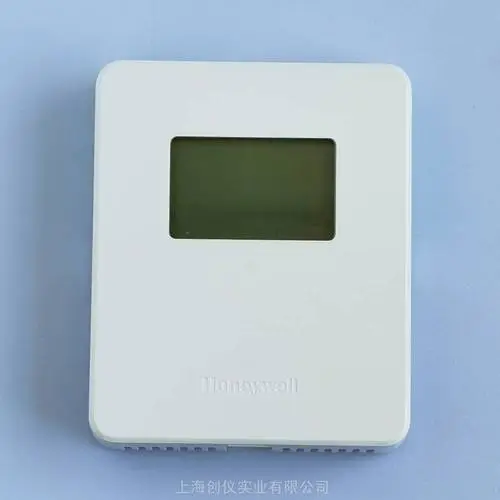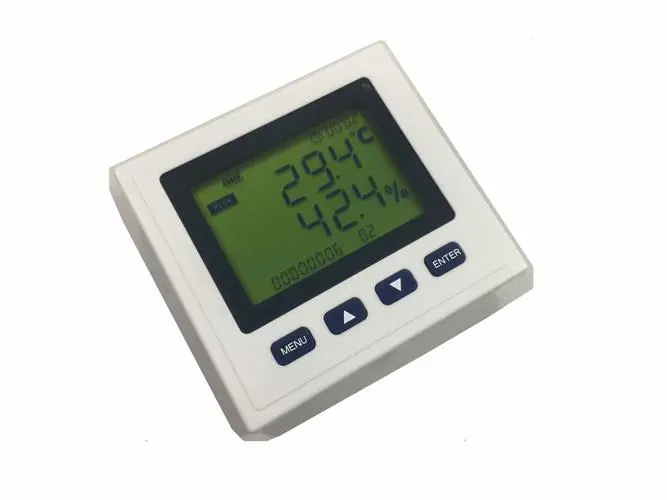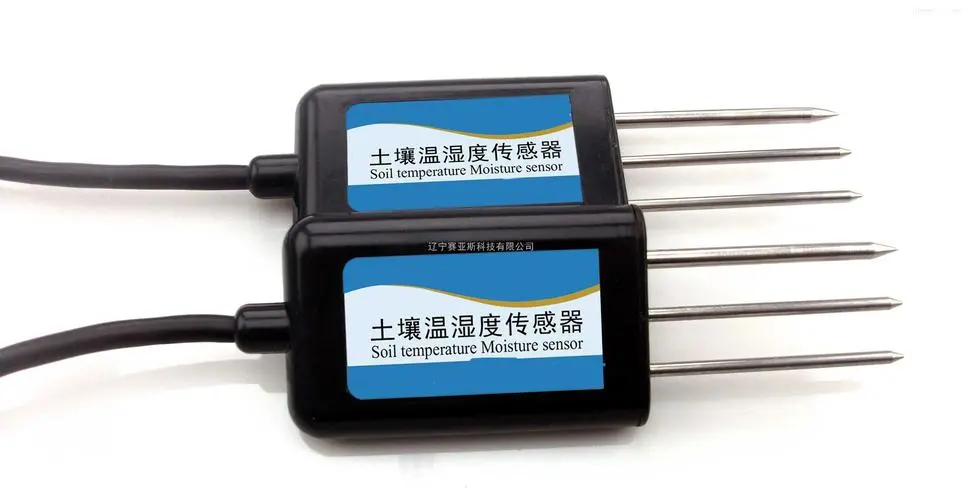
Use of temperature and humidity sensors in the semiconductor microelectronics industry
Jan 12, 2024In the semiconductor microelectronics industry, accurate and reliable temperature and humidity detectors are indispensable and important equipment. With the advancement of science and technology, this industry has increasingly strict requirements on the temperature and humidity of the production environment, because even small environmental changes may affect product quality and production stability. Most electronic products need to be produced and stored in dry conditions. According to statistics, more than 1/4 of the defective products produced industrially around the world every year are related to moisture hazards. For the electronics industry, the hazards of moisture have become one of the main factors affecting product quality.

During the semiconductor manufacturing process, subtle changes in temperature and humidity can cause a range of problems. Excessively high temperatures may cause the device to overheat, affecting its performance and service life. Too low a temperature may lead to unstable material performance, thus affecting product quality. Excessive humidity may cause condensation inside the device, causing short circuits and other safety issues. Low humidity may cause static electricity, causing potential damage to the product.
The main harm caused by moisture to the semiconductor industry is that moisture can penetrate the plastic packaging of integrated circuits and invade the inside of the integrated circuit through gaps such as pins, causing the integrated circuit to absorb moisture. Water vapor is formed during the heating process of the SMT process, and the resulting pressure can cause the IC resin package to crack and oxidize the metal inside the IC device, leading to product failure. In addition, when the device is soldered on the PCB board, the release of water vapor pressure may also cause false soldering. According to relevant standards, electronic components that have been exposed to high-humidity air environments must be placed in a drying oven with a humidity below 10% RH for 10 times the exposure time in order to restore the component's workshop life and avoid scrapping.


South Korea's Samyoung temperature and humidity sensor module HTW-211 : It is an accurate and reliable temperature and humidity measurement sensor based on HumiChip® . Its humidity output has been temperature compensated and is a linear voltage , which can be directly connected to a microcomputer with ADC input. Specially designed molded encapsulation .